Bollywood is a 70-year-old movie industry who has portrayed many forms of women over the decades. From that of a timid, shy, dependent woman, to damsel in distress, a vamp, to someone liberated and knows her choices. Bollywood’s notion of a woman is a graph full of some highs and lows. So, ShaadiWish is here to walk you down the nostalgic lane of how Bollywood’s portrayal of women characters changed and evolved over the decades.
Here’s How The Portrayal Of Women From Timid To Bold Changed In Bollywood Movies Over The Decades:
Bollywood’s Portrayal Of Women In The Early Era Of 1950s to 1970s
The 1950s to 1970s was considered as the ‘Golden Era of Bollywood’. With the country just acquiring its independence and finding its footing as a sovereign society. Every person’s state of mind was of new beginnings, hopefulness and positivity. And this very well reflected in the portrayal of women characters in the movies. It was rather aspirational than realistic. Most of the movies that performed well at the time were based around themes of overcoming class and gender inequalities along with a hint of patriotism in the story. One standout movie of the era, Mother India (1957), captures the essence of Nargis’s role as that of the women from this period. It brought about the idea of women being celebrated as the nation’s pillar of strength unlike the horrors the next decade had in store for us.
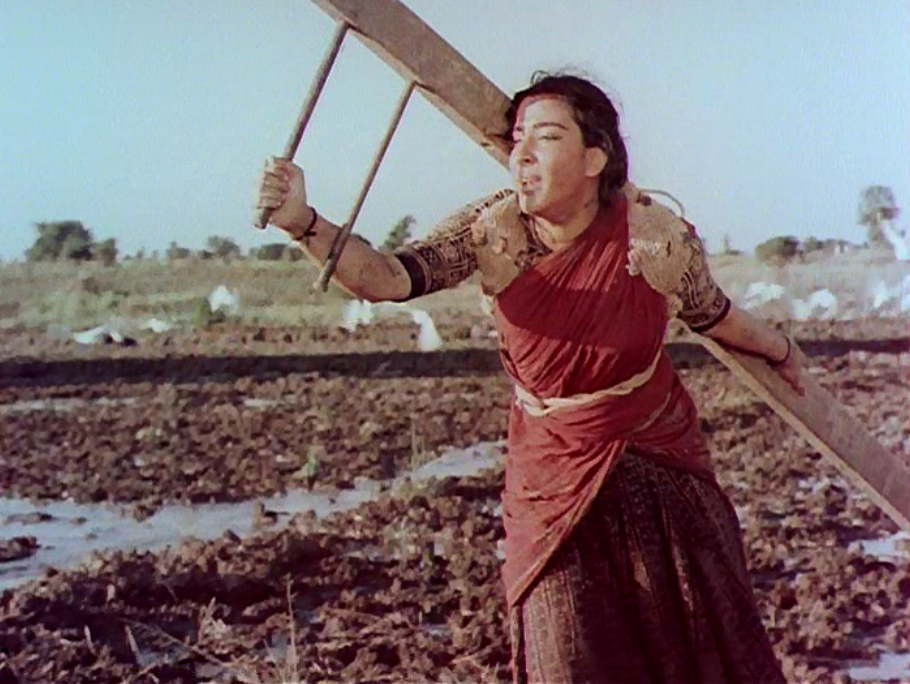
Waheeda Rahman’s character in the classic movie – Guide (1965) also portrayed an impeccably strong woman who had the courage to leave toxic relationships. In the movie, her character Rosie left her cheating and unsupportive husband to follow her passion and be with a man she chose. When he didn’t turn out to be what she thought he was, she left him too. However, such agency was not something female characters of that era enjoyed.

Check out these ShaadiWish #Sheroes who have made their mark as entrepreneurs.
The 1970s to 1980s Era
This decade, Bollywood’s depiction of women changed to something that fit the stereotype of her being a doting mother or a dutiful wife. This mother figure was often shown undergoing taunts and oppression in dutiful silence and getting her redemption in the end with the help of a masculine intervention. With a movie like Hema Malini-starrer Seeta Aur Geeta (1972), we witnessed Bollywood’s portrayal of how the ‘good’ female character is timid, oppressed and who suffered the mental, and often physical, torture from her family members without a word. However, these characters got their happy ending, but surely left an etched mark in people’s mind of how female roles are to be written to get tons of appreciation from the audience.
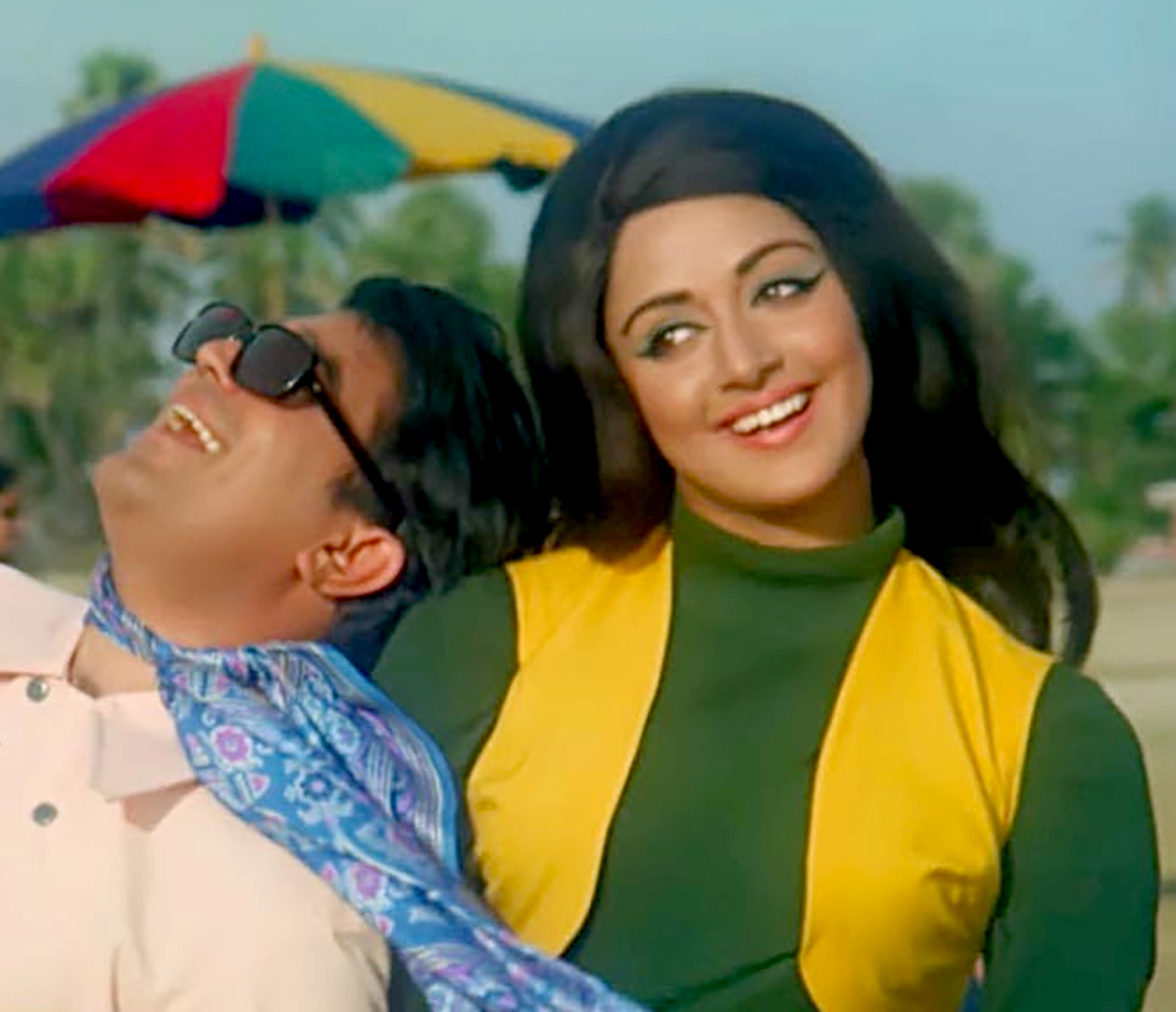
Female Leads In Bollywood Movies In The 1980s-1990s
This era witnessed a major shift in Bollywood. The larger-than-life hero needed a reason to deliver crowd-pleasing dialogue and beat up the bad guys which is why Bollywood came up with the most problematic theme of using rape as a plot. This portrayed women as someone who used to be first at the mercy of the bad guy, followed by her brother, boyfriend or husband who heroically saves her. In this era, Bollywood portrayed and classified women in two types – either a vamp or a damsel in distress. The classic example of both was seen in the movies like Karz (1980) and Silsila (1981).
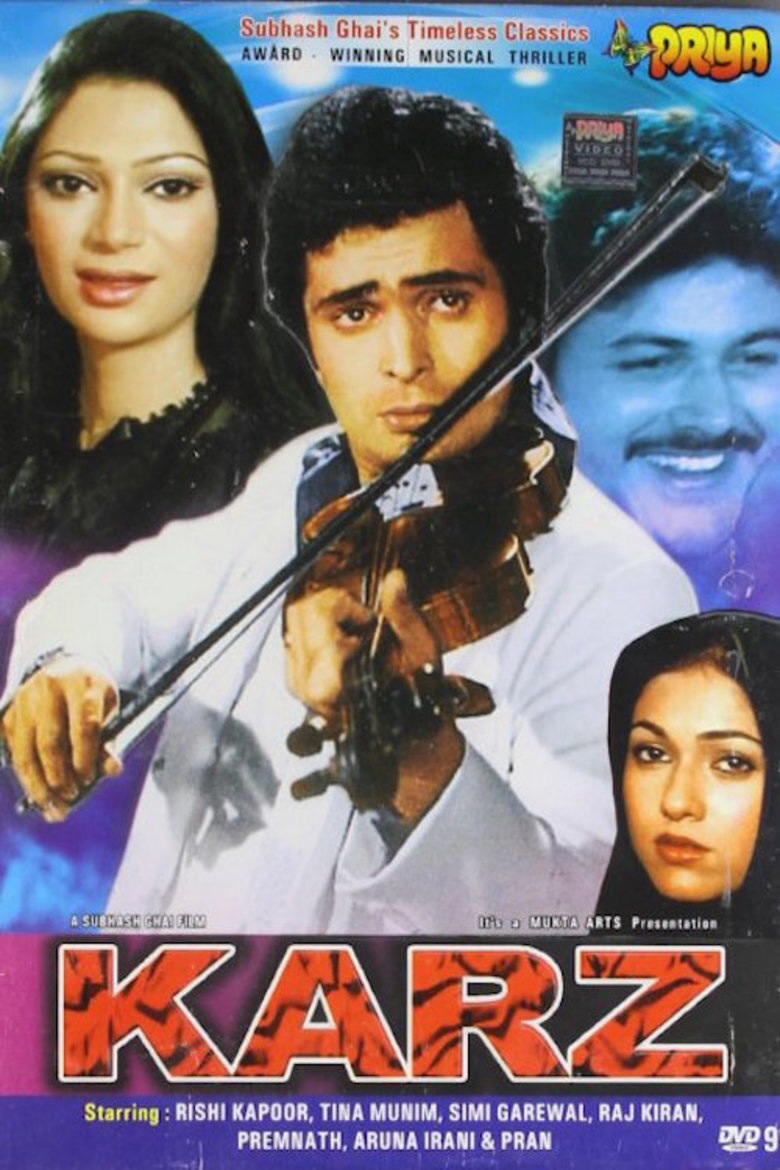
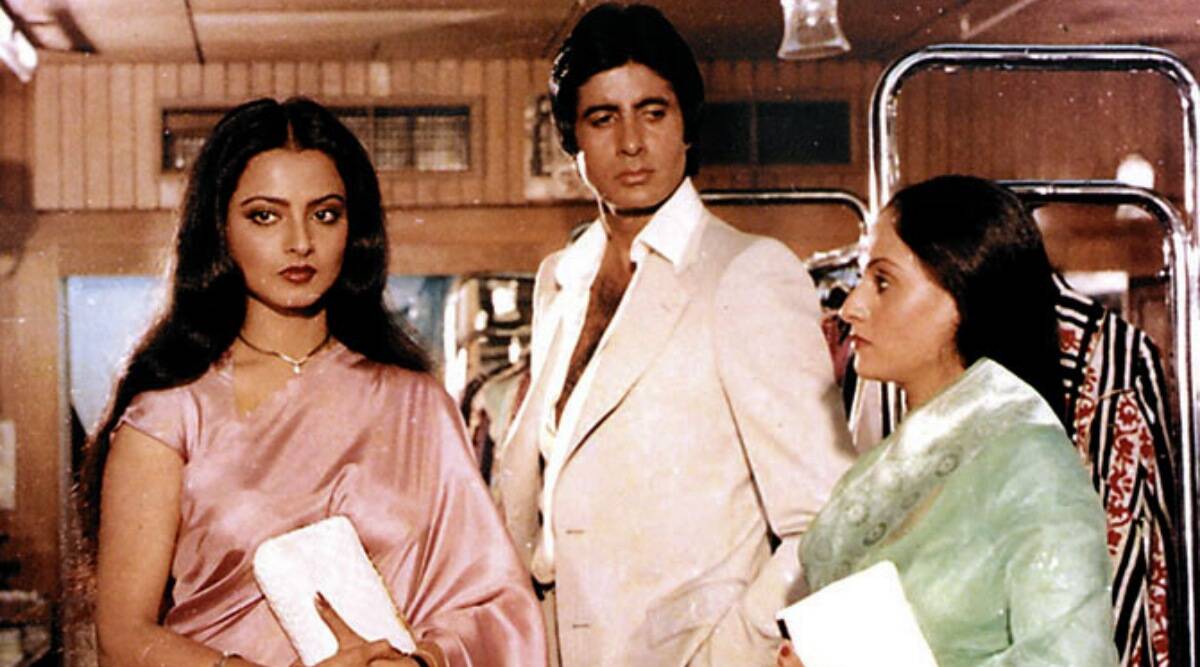
Eventually, towards the end of the 1990s the wave of feminism that was shaking the western world made its presence felt back home as well. That’s when Bollywood actresses began exploring characters, ditching the idea of being a damsel and shifted the focus on being liberated and was the center-point of the storyline. Sridevi starrer Chandni (1989) was a turning point in Indian cinema for this key reason.
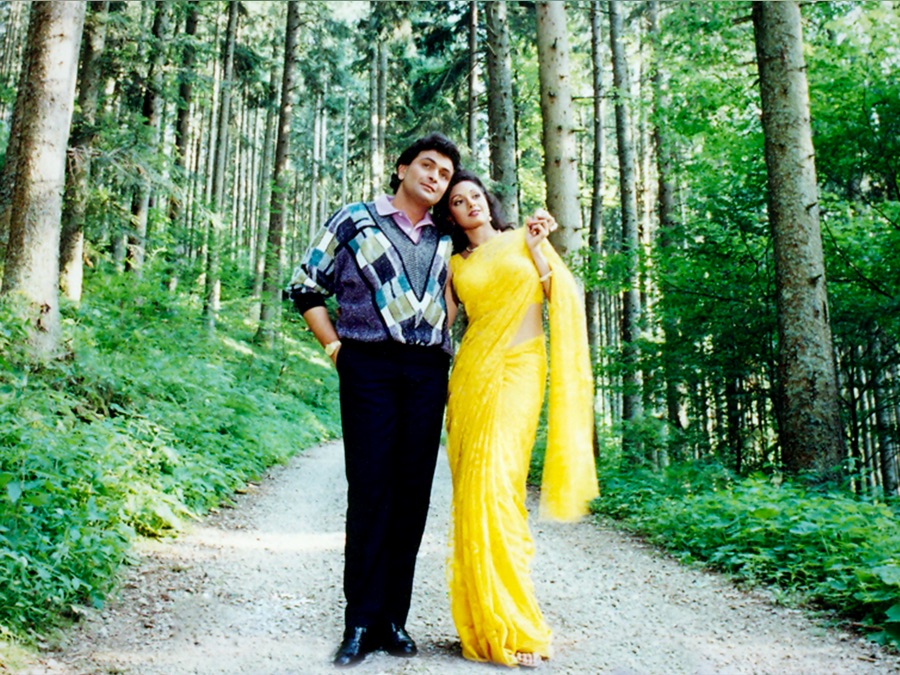
Female Leads In Bollywood 1990s & Early 2000s Onwards
After Chandni, Bollywood women did not turn back. The female lead of the 90s era had a job that paid her well, had a word in picking her choice of partner and had an option to take or not to take any support from the men in her life. Be it Juhi Chawla in Darr (1993), Raveena Tandon in Mohra (1994), Kajol in Dilwale Dulhaniye Le Jayenge (1995) or Rani Mukherji in Raja Ki Aayegi Baraat (1997). All these movies portrayed women in empowering light and in the never-seen-before manner.
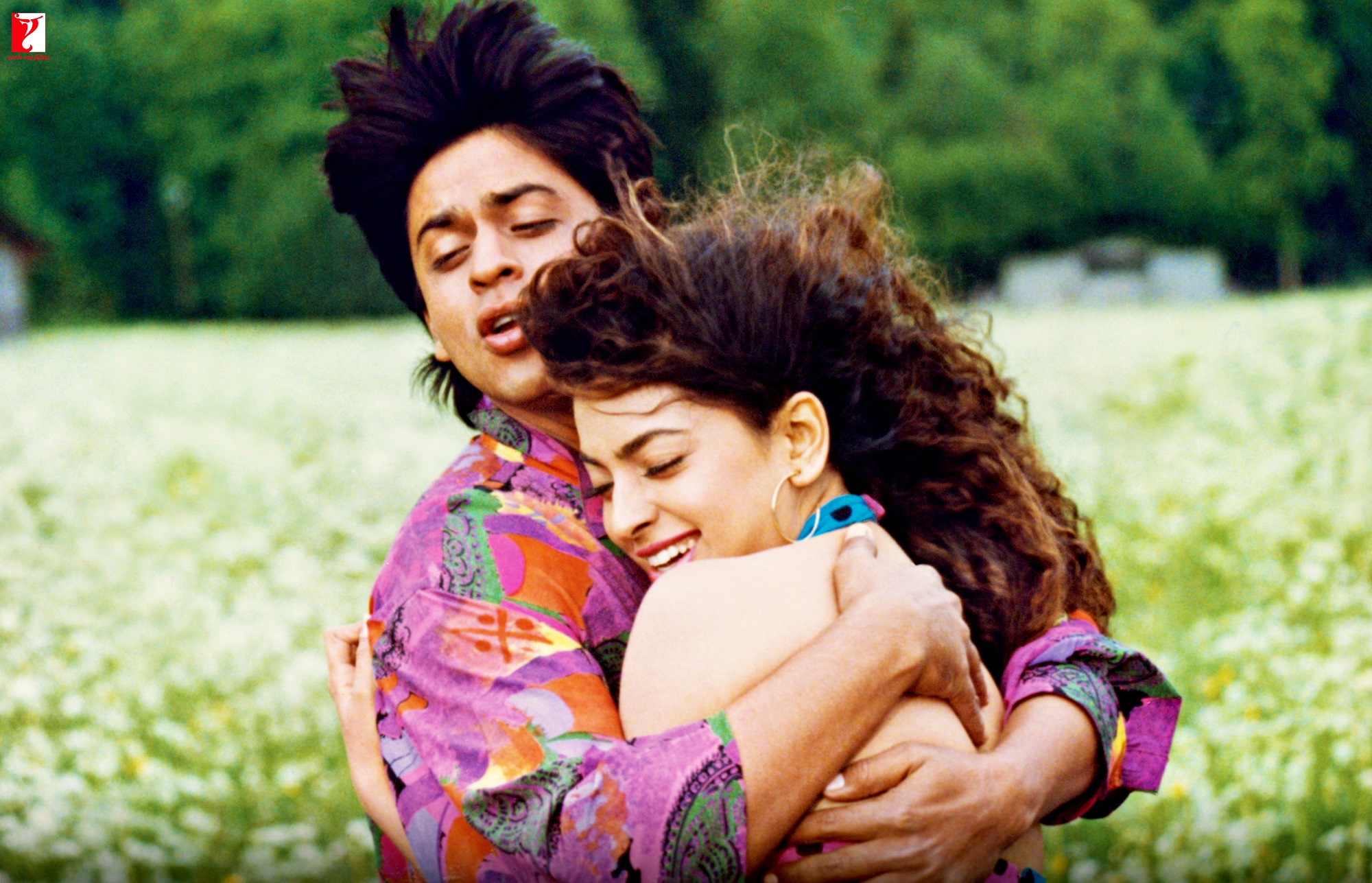
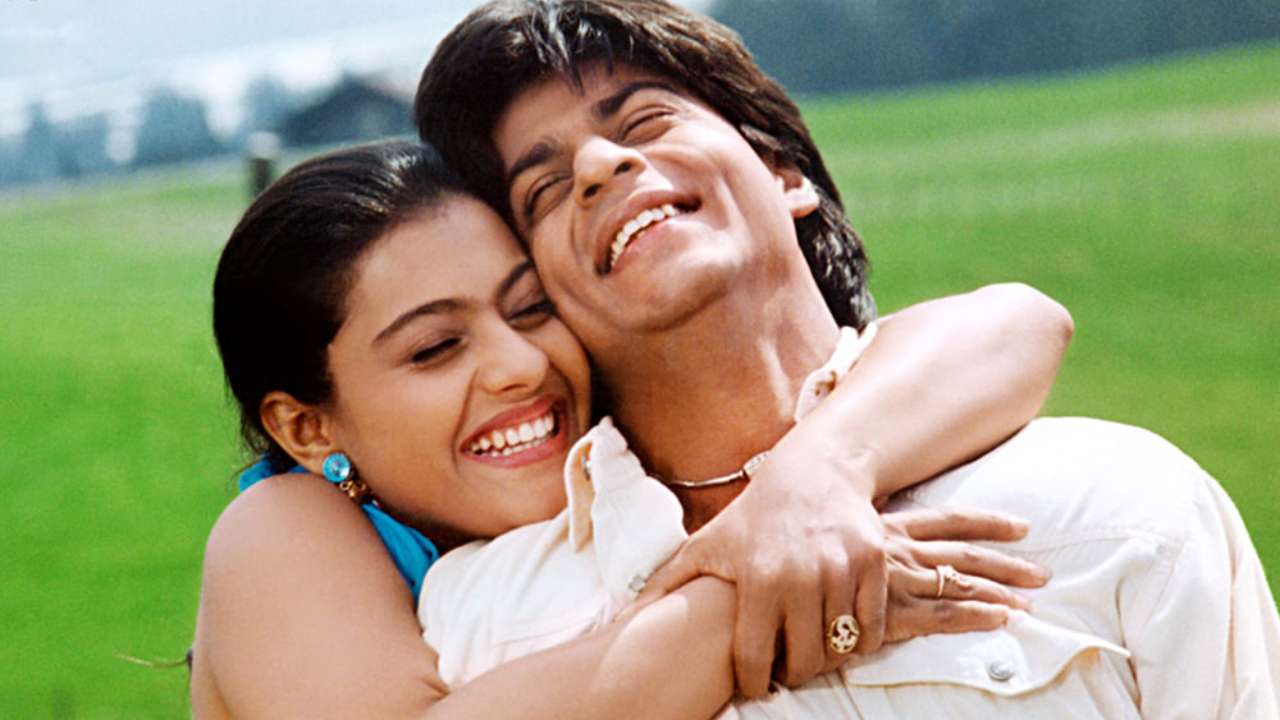
Whereas, the early 2000s marked Bollywood’s transition from where it was to its current form. The millennial generation was slowly rejecting the ideas of how to portray a woman that was previously held close by society. The process was slow with a varied form of a woman’s character depiction but it surely was ground-shattering. Take extreme ends of Kareena Kapoor and Priyanka Chopra’s roles in Aitraaz (2004) where one was a doting wife whose husband had to show his vulnerability and depend on her, while the other being a driven ambitions model, free-spirited and sexually liberated.
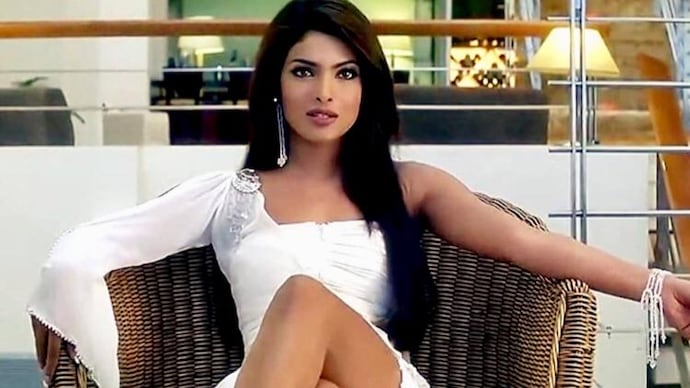
Here are some ShaadiWish #Sheroes from the wedding planning industry!
New Era Brings Portrayal Of Women In Empowering Way
The last two decades brought in a fresh perspective and portrayal of women in the industry – both on screen and behind the camera. Women like Farah Khan, Zoya Akhtar to Meghna Gulzar, Mira Nair, and Gauri Shinde were applauded for wearing the Director’s hat. Whereas, female leads took on women centric movies like Raazi, Piku, Mardaani, NH10, English Vinglish, Pink, Kahaani, and so on. Kareena in Jab We Met who picked her guy on her terms, Priyanka Chopra’s character in Dil Dhadakne Do portrayed that of not taking toxicity lying down, while Taapsee Pannu’s character in Thappad took a stand of not falling prey to domestic abuse of any form.
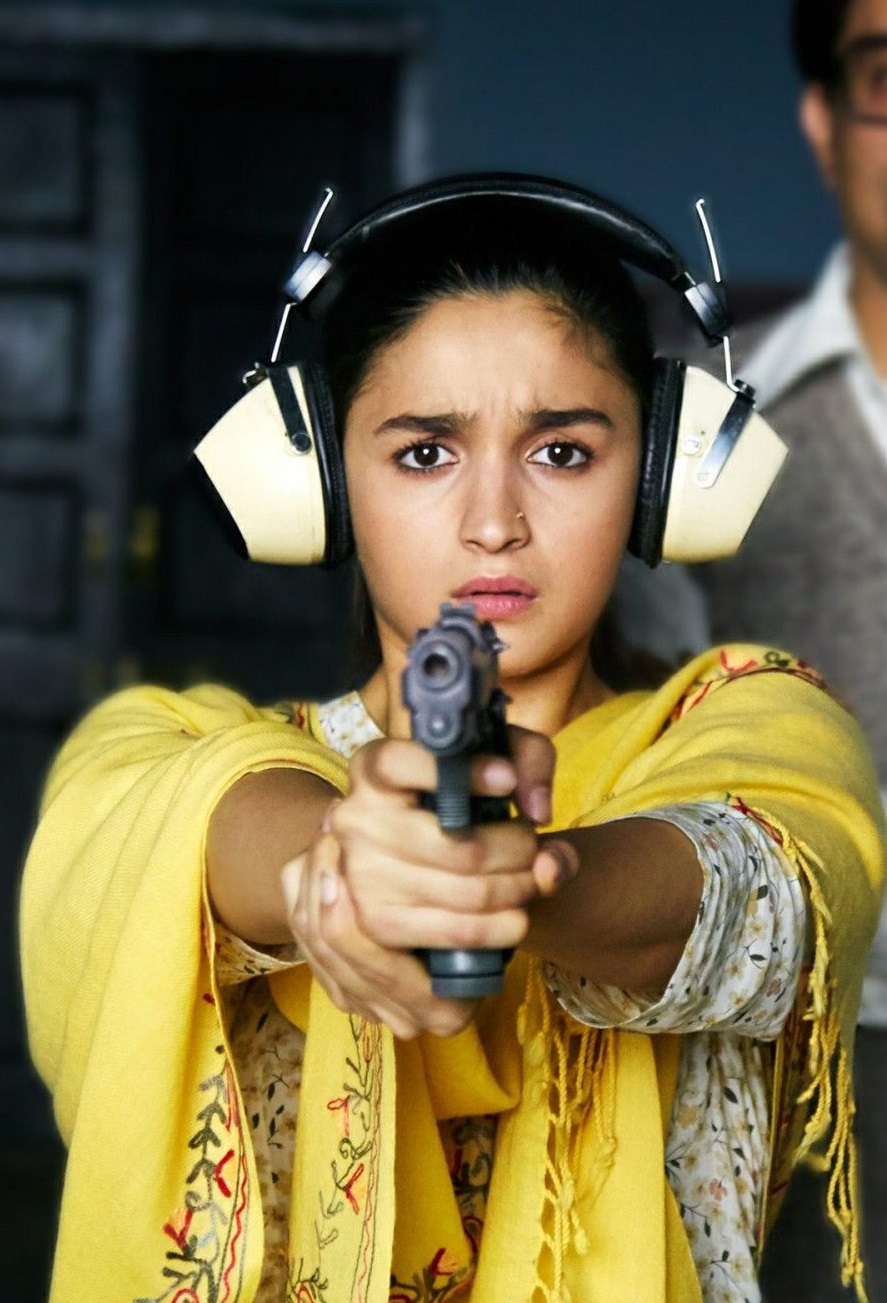
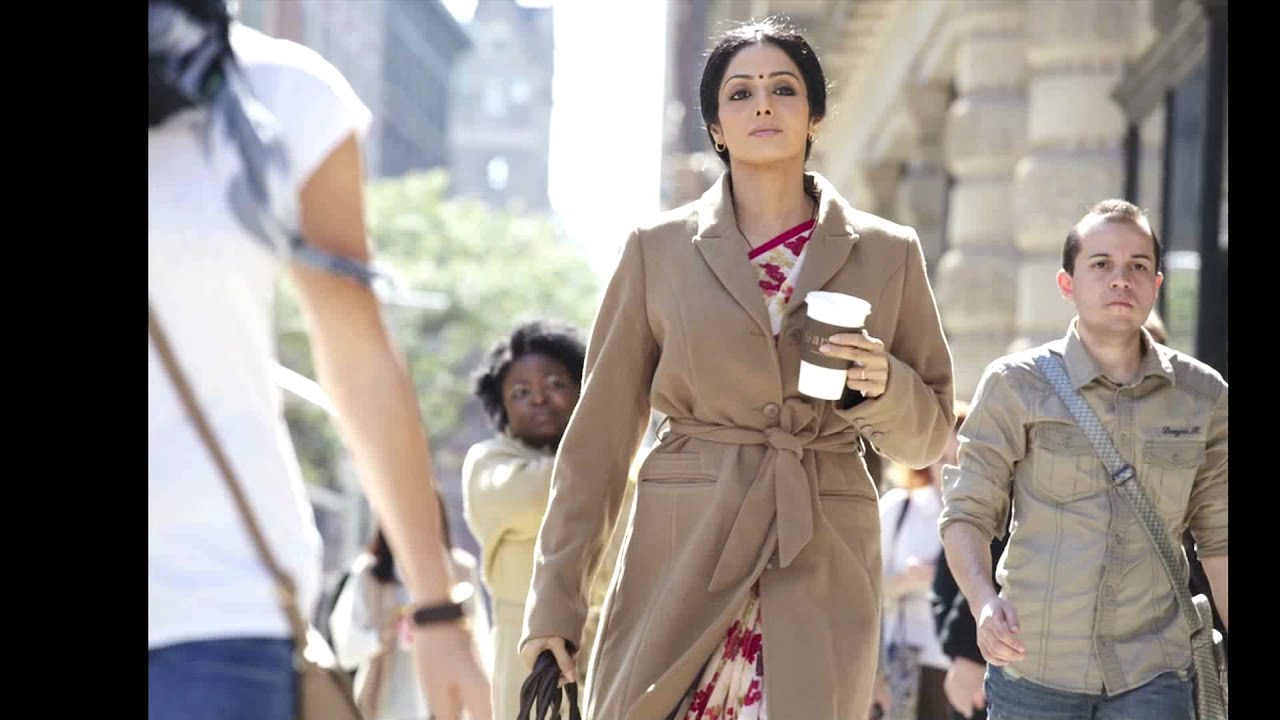
However, there is also a flipside that we have noticed in the last couple of years. The unrealistic standards of beauty, ideal ‘zero figure’, the classic and beyond dangerous image of an ‘item girl’ increased by leaps and bounds. Seems like Bollywood blurred out the fine line of going from timid to bold and went a little beyond. We hope that we don’t witness Bollywood going back a couple of decades hereon and only stays focused on portraying women in the best way possible.
For more Bollywood-related updates, Stay tuned to ShaadiWish!
Also, know about the U19 Indian Women’s Team who won the T20 World Cup.


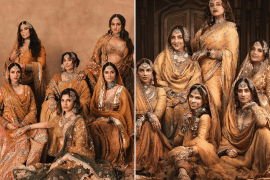

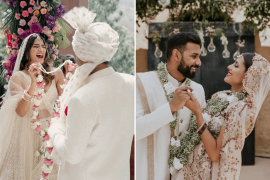
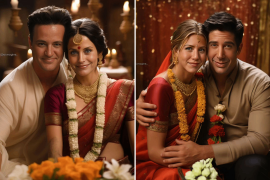






Comments are closed.